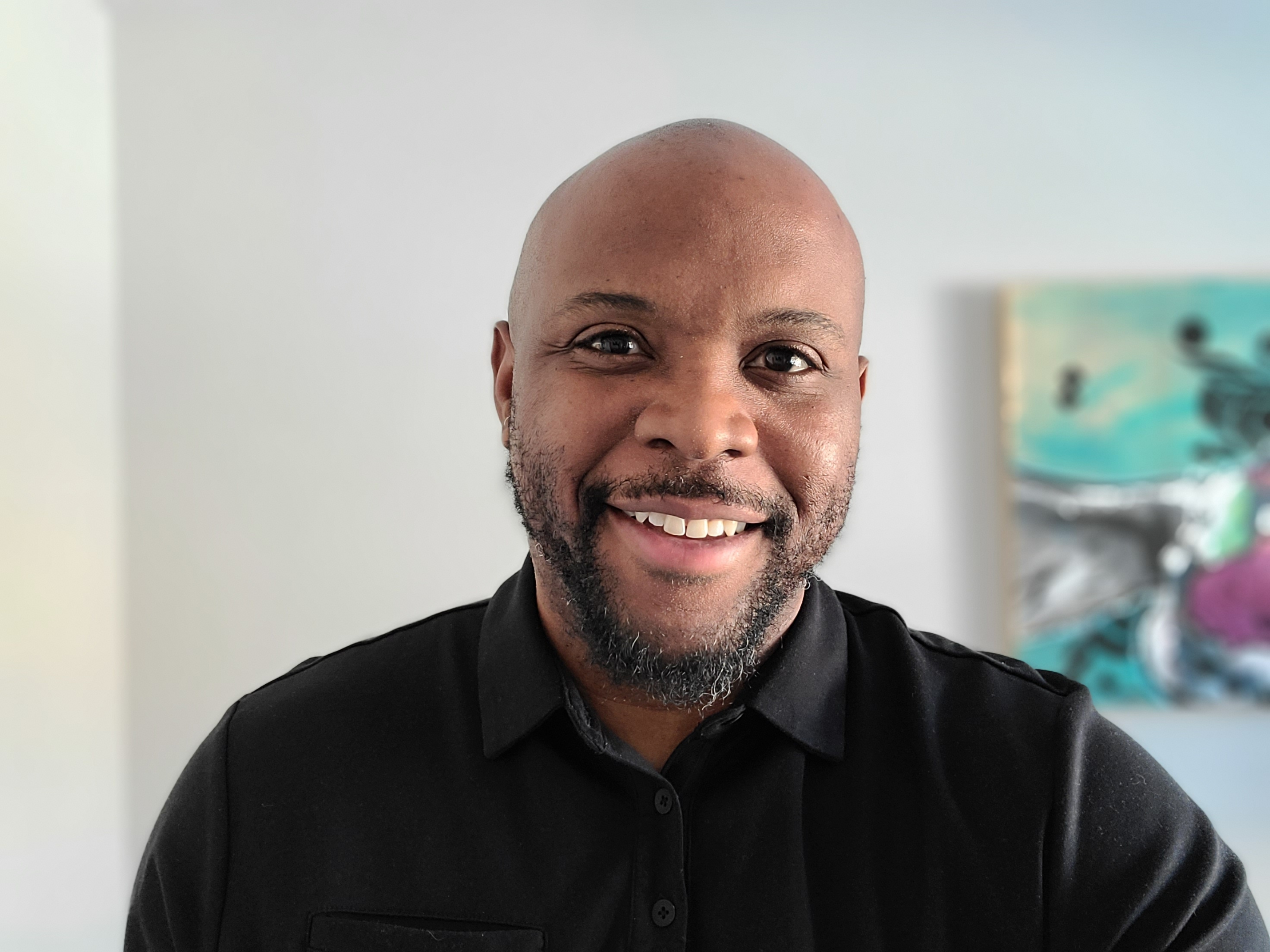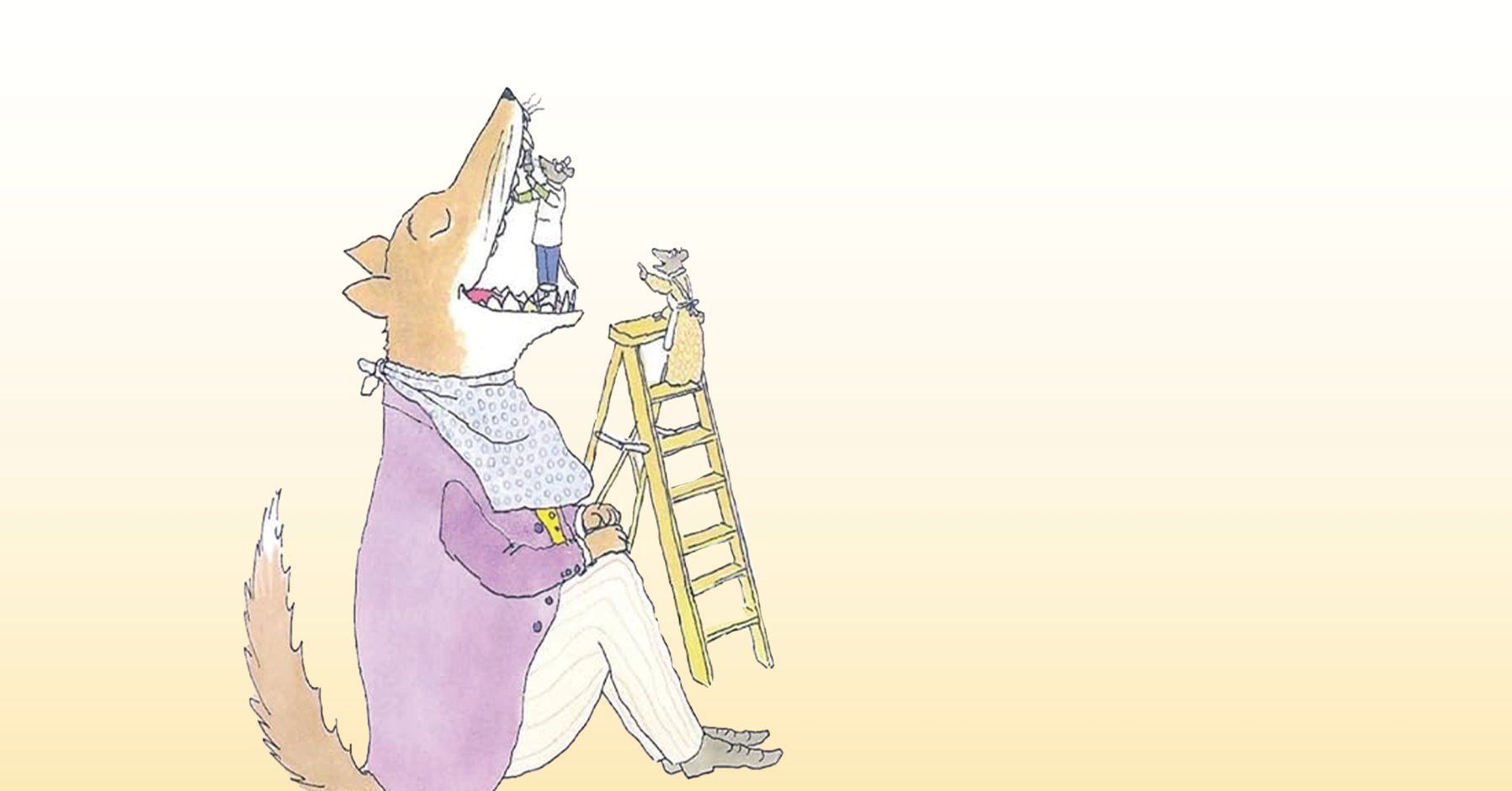
Playwright Idris Goodwin
Although William Steig’s best-known children’s book is arguably Shrek (an incredibly well-known story that inspired many beloved animated films), many children are, often unknowingly, introduced to him through Doctor De Soto. At least, this was the case with playwright Idris Goodwin.
“The book was published when I was around three years old,” Goodwin says, “and it quickly became a favorite. I loved the humor and the simple yet engaging storyline. It always held a special place in my heart. Now that I'm a parent, I’ve had the joy of sharing it with my own kids, who also love it—and it still holds up today.”
When reading Doctor De Soto to his son, Goodwin became curious about what he calls “the theatrical possibilities inherent in the story – particularly the dynamics between the fox and the mouse dentists.” He approached the Steig estate to see what was possible with a theatrical adaptation, eventually securing the rights because he believed so firmly in the story’s ability to be adapted for the stage. “I believed the simplicity of the narrative,” he says, “paired with its humor and cleverness, would translate beautifully to the stage and resonate deeply with audiences.”
Because Goodwin is so passionate about workshopping a show and building a collaborative process throughout a production’s development, he worked with Seattle Children’s Theatre and Western Washington University to develop the show, along with Olympia’s String and Shadow to experiment with the puppetry aspect. “This exploratory phase was invaluable,” Goodwin explains. “It allowed us to test ideas in real time and make informed creative decisions based on what was most effective and engaging. Theater is inherently collaborative, and it was crucial to explore the physical and visual elements early.”
The process also went through workshops at the Alliance Theatre, with test audiences in the target demographic, all of which helped them develop the project into what it is today. During the process, Goodwin also took the liberty of adding another young child character, Young De Soto. As the play was being developed, it became what Goodwin affectionately calls “a play with occasional rhymes.”
“[This] phrase ... is a playful nod to the fact that while I write lyrics and incorporate rhythmic language,” he says, “I’m not a traditional composer in the musical theater tradition. My background is in rhythmic storytelling which of course invites musical accompaniment. Ultimately, I just want to tell a compelling story, and if audiences want to call it a musical, that’s fine by me.”
Although minor changes occurred throughout the development process and the story jumped from page to stage, the main themes remain the same — rules, choices that bend those rules, and the nuance introduced when that happens. “This core dilemma — balancing safety with compassion and confronting the repercussions of our choices — felt essential to convey,” Goodwin says. “It raises important questions about courage, empathy, and the complexities of doing what’s right.”
The story’s main dilemma, Goodwin hopes, opens up audiences to conversation about choices and the consequences of those choices. “I want young audiences to reflect on what they would do in the De Sotos' situation,” he says. “The narrative presents complex, layered choices — not just right or wrong answers. I hope kids leave considering the consequences of their actions and the nuances of making tough decisions. It’s about understanding that every choice has both benefits and drawbacks.”
Goodwin believes the play raises important questions about trust, compassion, and courage, and encourages families to discuss the idea of “taking risks for the greater good,” even when something seems daunting or even threatening. “Would [you] have made the same choice as the De Sotos? How do we determine who deserves help, and how do we weigh the potential consequences?”
Doctor De Soto will premiere on the Hertz Stage January 18 through March 2, 2025 – learn more.




